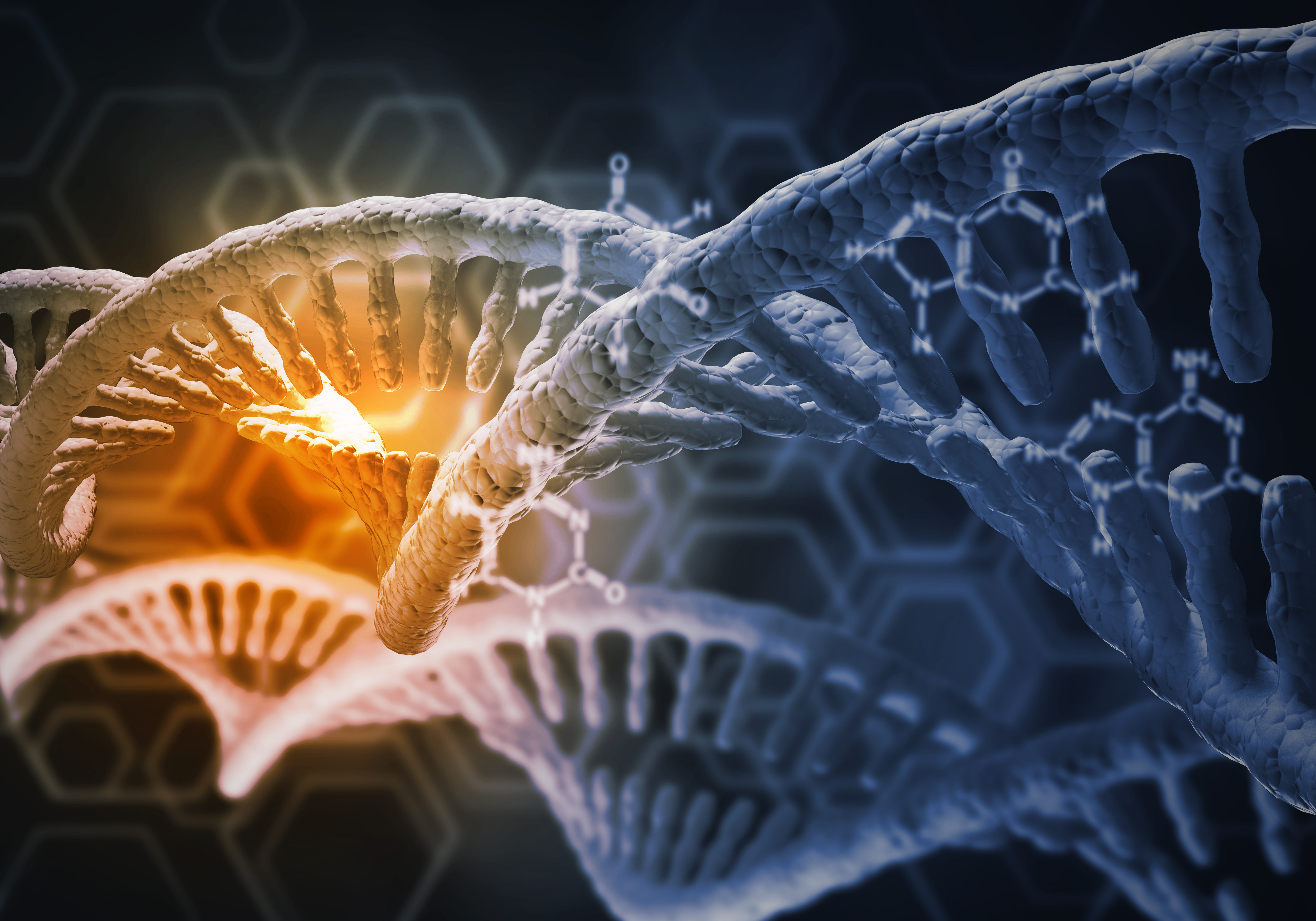What Is Genetic Testing and How Can It Help Diagnose AADC Deficiency?
Written by |

Genetic testing looks for changes in the genome — an organism’s complete set of DNA — that might indicate the presence of a genetic disease such as aromatic L-amino acid decarboxylase (AADC) deficiency.
Genetics of AADC deficiency
Mutations in a gene called dopa decarboxylase (DDC) cause AADC deficiency. Cells use the instructions stored in this gene to make an enzyme, called DDC, that synthesizes neurotransmitters. Neurotransmitters are important signaling molecules in the brain that allow nerve cells to communicate with each other.
Doctors can use genetic testing to find out whether you or your child have mutations in the DDC gene.
If you have a family member who has been diagnosed with AADC deficiency, it’s a good idea to meet with a genetic counselor. Such counselors can help you if you decide to also be tested for the disease to determine your carrier status. If you are planning on starting a family, a genetic counselor can talk to you about your risk of transmitting the disease onto your children, and your reproductive options.
How is genetic testing done?
Genetic testing is generally done using a small blood sample. Your doctor will arrange a time for you or your child to go to your hospital or clinic for a blood draw. Some hospitals have their own testing laboratory. However, most often, the blood sample will be sent to an independent laboratory for testing.
It can take a few days to a few weeks to get back the results of a genetic test. The test results will go to your doctor, who will arrange to meet with you and discuss them. If the results are positive for AADC deficiency, your doctor will talk to you about any additional tests to confirm a diagnosis. Following this discussion, your doctor will discuss treatment options for you or your child.
Are there risks or drawbacks?
Every medical procedure has some risks. However, the risks of giving blood for the test are generally very small. You might feel dizzy or lightheaded during a blood draw. There also is a small risk of bleeding and infection at the needle injection site.
Last updated: July 1, 2020
***
AADC News is strictly a news and information website about the disease. It does not provide medical advice, diagnosis or treatment. This content is not intended to be a substitute for professional medical advice, diagnosis, or treatment. Always seek the advice of your physician or other qualified health provider with any questions you may have regarding a medical condition. Never disregard professional medical advice or delay in seeking it because of something you have read on this website.





